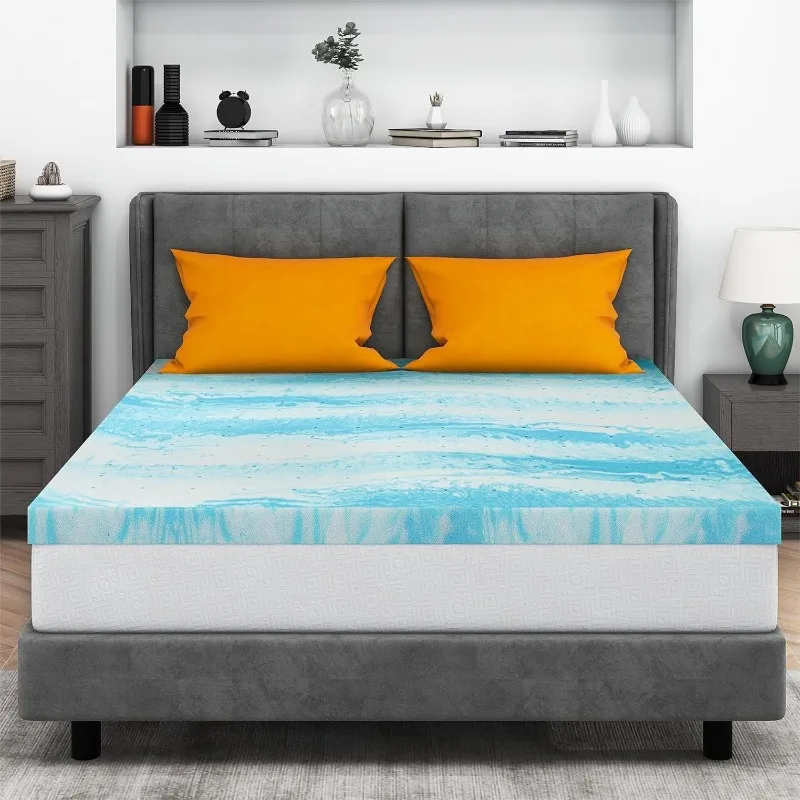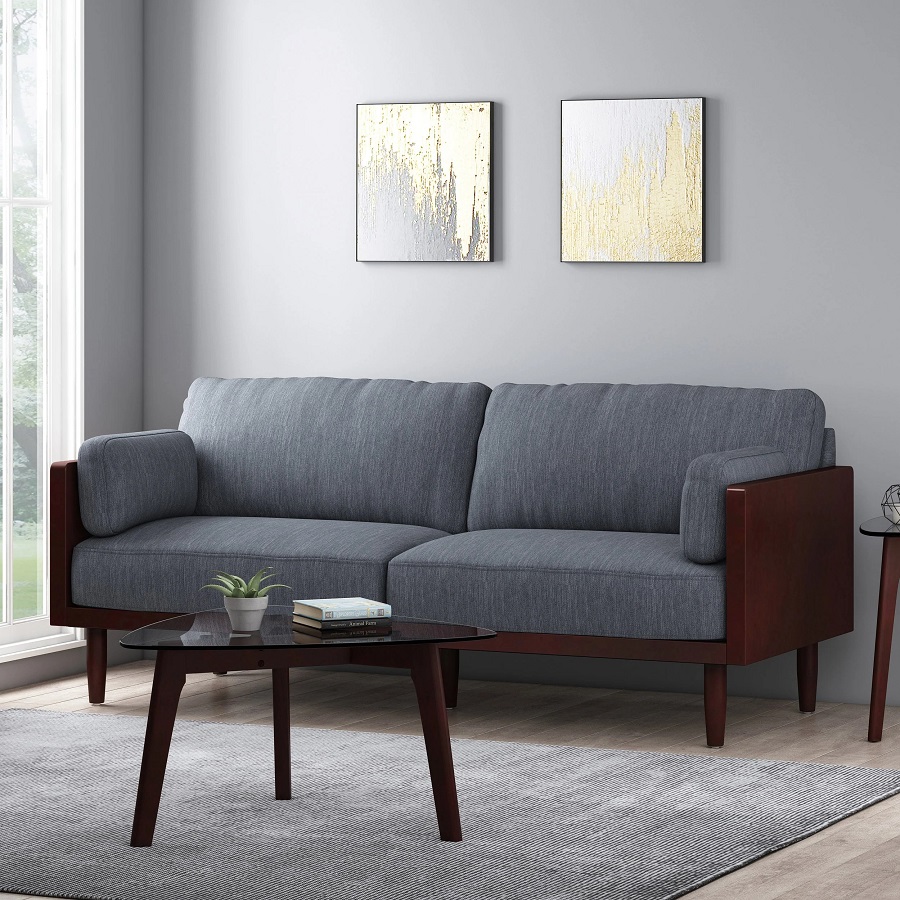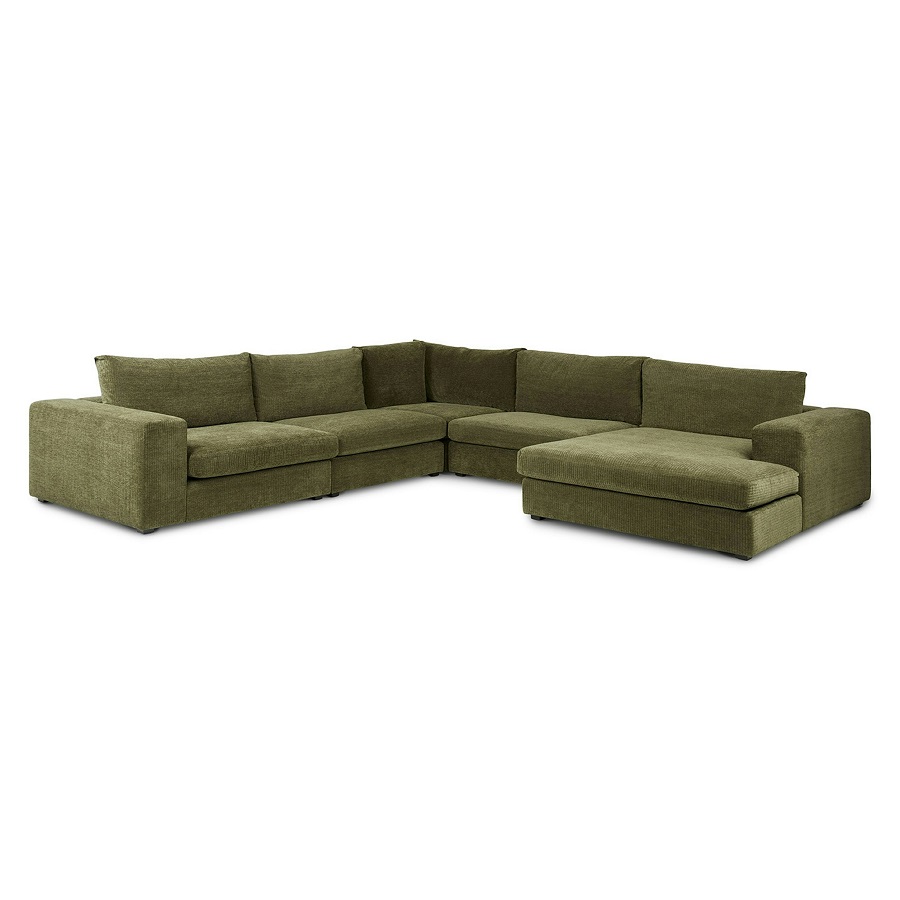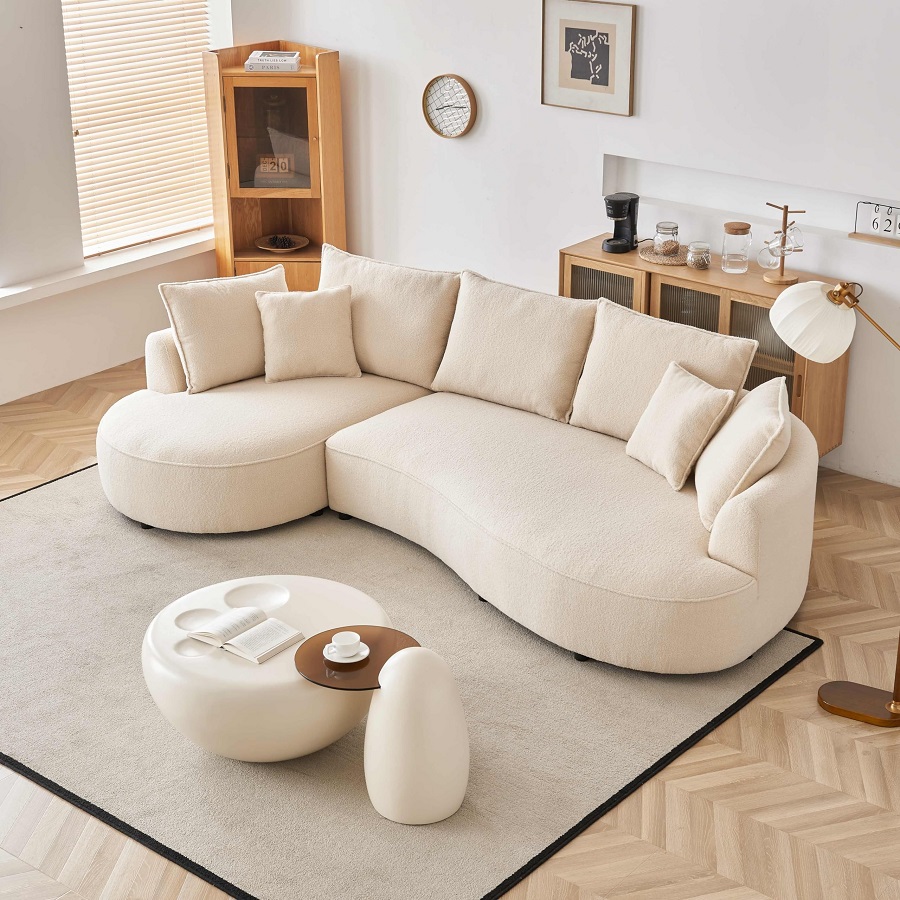When it comes to sleep, comfort is paramount, and for many, choosing the right mattress can make all the difference. Memory foam mattresses are celebrated for their ability to contour perfectly to the body, providing support where it’s needed most. However, one common complaint about memory foam is its potential for retaining heat, leading to an uncomfortable sleep experience. This article delves deep into whether memory foam mattresses are indeed hot, the reasons behind heat retention, and explores various temperature control solutions available today.
Understanding Memory Foam
To understand the heat-retention issue associated with memory foam mattresses, we must first look at what memory foam is. Invented by NASA in the 1960s, this unique viscoelastic material is designed to conform to body shape and distribute weight evenly. When pressure is applied, such as when you lie down, the foam softens and molds to your curves. This creates a cocoon-like sensation that many find comfortable. The material’s unique properties allow it to absorb energy, which is why it can feel warmer during sleep compared to traditional spring mattresses.
While the body heat can cause the foam to retain warmth, it’s important to note that not all memory foam mattresses are created equal. The composition, density, and thickness of the foam can influence how hot or cool a mattress will feel. In addition, the type of cover used can also impact temperature regulation. Bamboo, cotton, or other cooling fabrics can help the mattress breathe and enhance its overall performance.
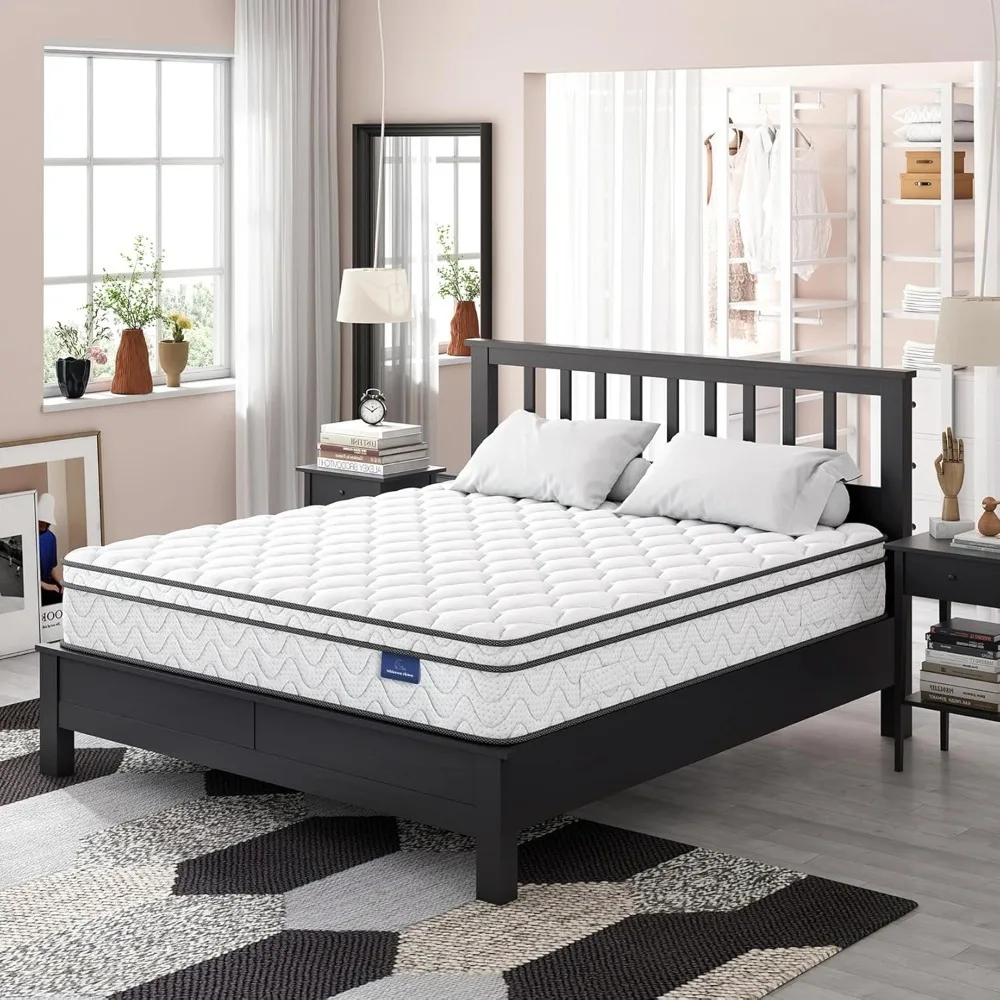
The Science Behind Heat Retention
Memory foam mattresses retain heat largely due to their closed-cell structure. This design helps the foam conform to your body shape, but it also makes it harder for heat to dissipate. Unlike traditional innerspring mattresses that allow air to circulate freely, memory foam often traps warm air, leading to an increase in temperature, especially during warmer months or for individuals who tend to sleep hot.
Another factor at play is body heat itself. When you lie down, your body radiates heat, which the mattress material can absorb. People who have higher body temperatures—whether due to metabolism, hormonal changes, or lifestyle factors—will contribute more heat to the surrounding environment. The cumulative effect can create a warm sleeping surface, making it difficult to find a comfortable temperature throughout the night.
Factors Contributing to Temperature Sensitivity
Several factors contribute to an individual’s sensitivity to heat when sleeping on a memory foam mattress. Personal preferences play a significant role; some people simply prefer a cooler sleep environment, while others may not feel the warmth as intensely. Additionally, factors such as bedding, pajamas, and even room temperature can influence how hot a memory foam mattress feels.
Moreover, the season plays a crucial role. During winter months, a warmer mattress might feel cozy, making the heat retention less of a concern. However, in the heat of summer, the same mattress can become a source of discomfort. Additionally, the bedding material can significantly contribute to temperature regulation. Flannel sheets can trap heat, while lightweight cotton or moisture-wicking fabrics can help keep you cooler.
Exploring Mattress Technologies
Thanks to growing consumer demand for more comfortable sleeping solutions, manufacturers have developed various technologies aimed at improving the temperature regulation of memory foam mattresses. One of the most notable advancements in recent years is the inclusion of gel-infused memory foam. This innovation combines the support of traditional memory foam with cooling gel beads that help to dissipate heat away from the body.
The gel beads work by absorbing excess body heat and allowing it to move away from the sleeping surface. This can result in a more balanced temperature while you sleep, providing both comfort and support without the sweaty discomfort often associated with traditional memory foam.
Furthermore, many brands now offer hybrid mattresses that combine memory foam with individually wrapped innerspring coils. This not only improves airflow but also provides a bouncier feel that can help in motion isolation. The combination ensures that sleepers benefit from the contouring properties of memory foam while enjoying the temperature regulation that springs can provide.
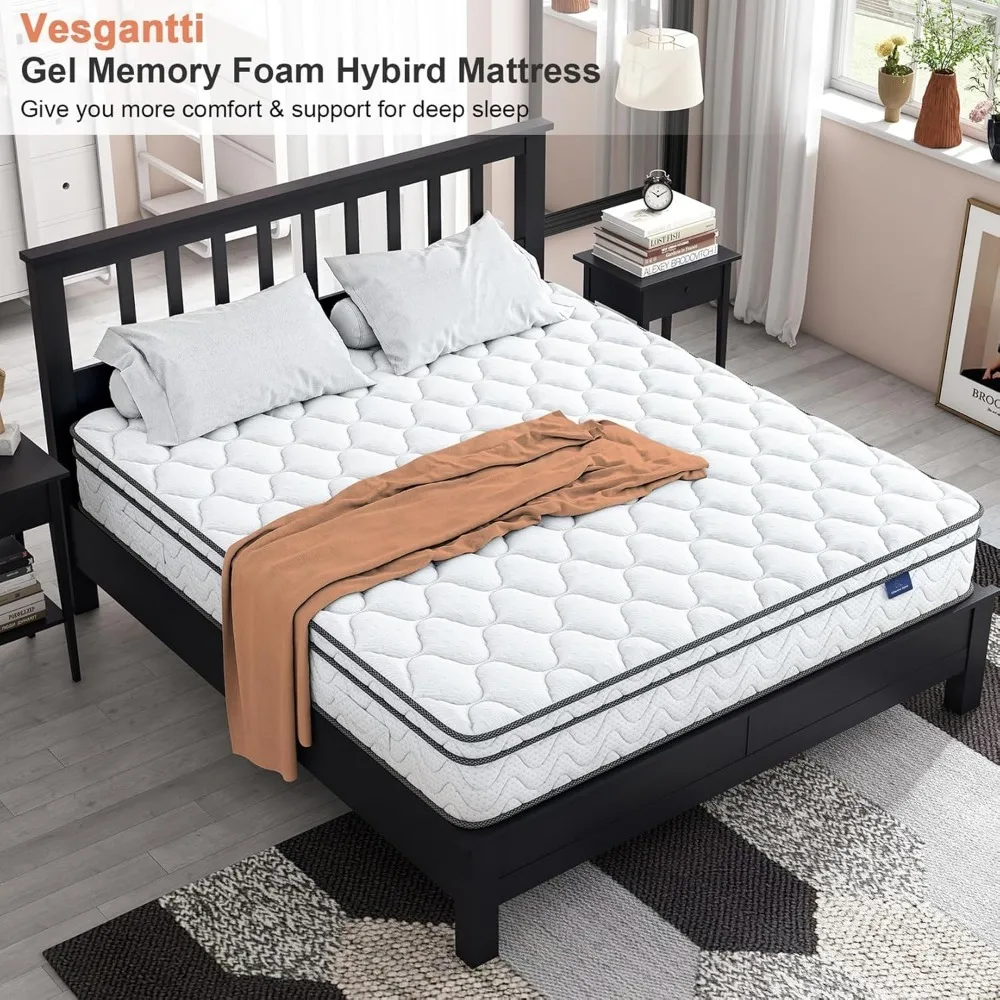
Choosing the Right Cover
Another essential aspect of temperature control in memory foam mattresses is the cover material. Many manufacturers now use breathable fabrics designed to enhance airflow. Fabrics like bamboo and moisture-wicking textiles can help draw heat away from the body, creating a more comfortable surface for sleep.
A good quality cover should ideally be removable and washable, making it easier to maintain hygiene. Additionally, hypoallergenic covers can prevent the accumulation of dust mites and allergens that can also affect sleep quality.
Choosing a mattress cover that is not only comfortable but also breathable can make a significant difference in controlling temperature. Some brands offer covers with cooling technology, often made from a blend of textiles designed to keep you feeling cooler during sleep. By understanding the qualities to look for in a mattress cover, you can ensure that you’re making a well-informed decision.
The Role of Bedding and Sleep Environment
While the mattress itself plays a vital role in temperature regulation, the bedding and sleep environment also significantly affect sleep temperature. Choosing the right sheets, blankets, and pillows can either alleviate or exacerbate heat retention. Breathable materials such as cotton, linen, or moisture-wicking fabrics are excellent choices for hot sleepers, as they allow for better air circulation.
The weight and type of blankets can also impact sleep temperature. Opting for a lighter comforter during warmer months can prevent overheating. It’s crucial to ensure that your bedding complements your mattress’s cooling properties.
Sleep Accessories for Temperature Control
For individuals who find themselves frequently waking up due to heat, several sleep accessories may help combat this issue. Mattress toppers designed with cooling properties can offer an additional layer of comfort and help regulate temperature. Many cooling toppers are constructed from gel-infused materials or breathable latex, contributing to a cooler sleep experience.
In addition to toppers, utilizing cooling pillows designed with materials like cooling gel or breathable foam can alleviate head and neck heat buildup. Choosing a pillow with ventilated designs can help reduce heat retention, allowing for a more comfortable sleep experience.
Sleepwear also plays an important role in temperature control. Opting for moisture-wicking fabrics, such as those made from bamboo or specialized polyester blends, can help manage body heat during sleep. Investing in the right sleep accessories can transform your overall sleeping experience and help mitigate some heat-related discomforts associated with memory foam mattresses.
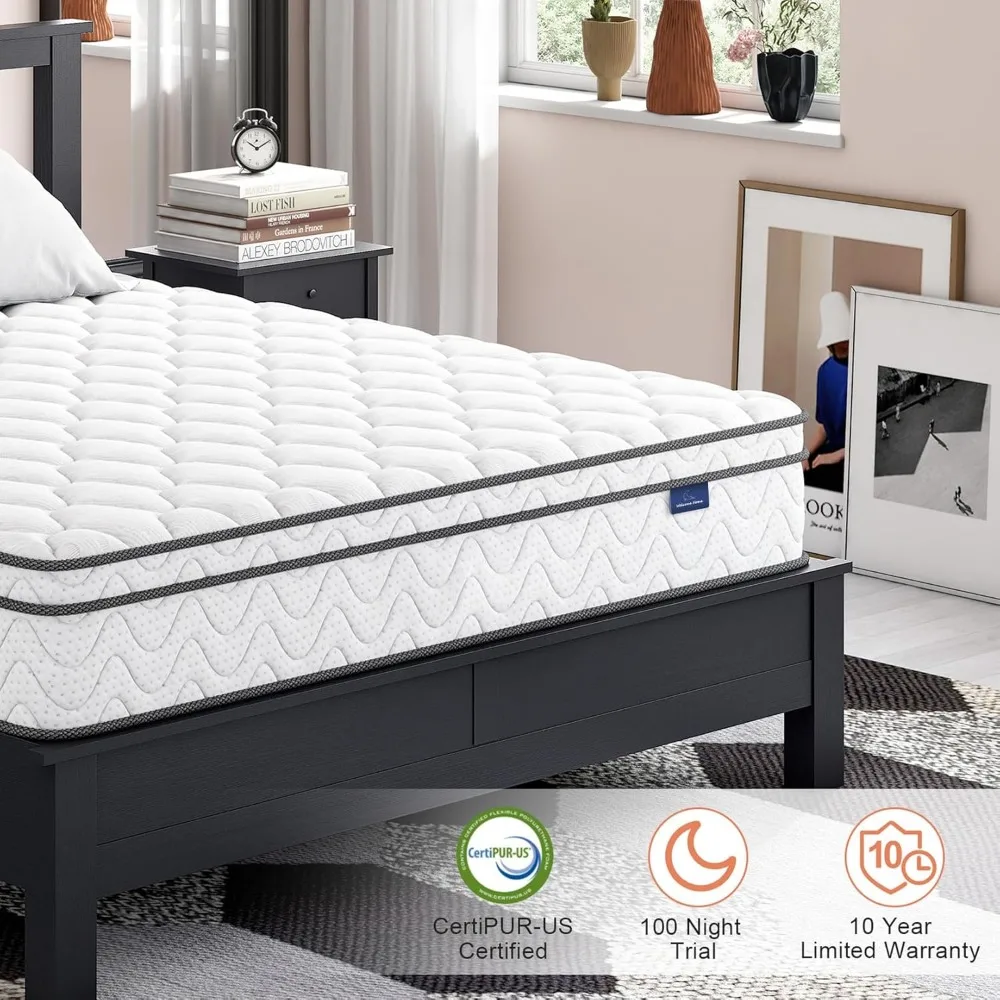
Making an Informed Purchase
If you’re considering purchasing a memory foam mattress but are concerned about heat retention, it’s essential to research thoroughly. Reading reviews from customers who have similar sleeping preferences can offer valuable insights. Additionally, many retailers offer trial periods, allowing you to experience a mattress in the comforts of your home before making a final decision.
Don’t hesitate to inquire about the specific materials used in the construction of a mattress. Understanding the types of foam, cover fabrics, and any incorporated cooling technologies will help ensure you make an informed choice.
Moreover, be sure to ask about warranties and return policies. A good warranty can protect your investment, while flexible return options give you the peace of mind to test different options. Ultimately, finding a balance between comfort and temperature control can lead to a significantly improved sleep experience.
Conclusion: Final Thoughts on Memory Foam Temperature Control
Memory foam mattresses have transformed the way people experience sleep, providing unparalleled comfort and support. However, concerns about heat retention should not be overlooked. By understanding the science behind memory foam, exploring innovative technologies and materials, and implementing effective temperature control solutions, you can create a sleep environment that is both comfortable and conducive to restorative rest.
The key to achieving optimal sleep lies not just within your mattress choice but also in your overall sleep environment, bedding materials, and personal comfort preferences. With available solutions ranging from gel-infused foams to breathable covers, anyone can find a mattress that suits their needs. Ultimately, a few thoughtful adjustments can lead to a significantly improved sleep experience, enabling you to wake up refreshed and revitalized for the day ahead.






